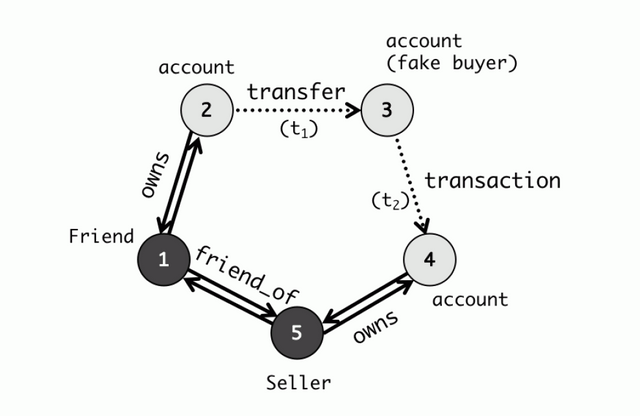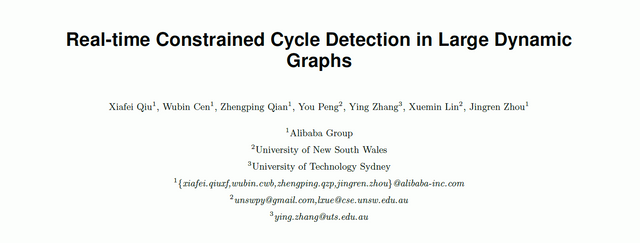The Webs We Weave Fighting Fraud in Real Time with Large Dynamic Graphs
While it's going to appear unlikely once one considers the large scale of the net, one’s on-line activity will usually be sculptured as a graph. From social networks to e-commerce transactions to on-line payments, graph structures encrypt complicated relationships among entities, with some graphs having many many edges and vertices. for instance, on associate e-commerce platform like Alibaba’s Taobao and T Mall, vertices might represent users, and edges might represent payments and transactions.

The rotary relationships between these vertices and edges is accustomed perceive trends and even to displace fraud. However, the structure of those graphs is continually dynamic with the continual stream of data created by internet users. This makes the tasks of effectively storing and managing the dynamic graph system and providing period of time analytics difficult.
In collaboration with the University of latest South Wales and also the University of Technology Sydney, Alibaba’s technical school team has created GraphS, a replacement system designed to discover strained cycles in an exceedingly dynamic graph and to come back satisfying cycles in period of time.
Monitoring Graph Patterns in Real Time
While previous graph frameworks are winning in activity offline analytics to realise a high output on an oversized scale, they even have an oversized degree of latency, that isn't acceptable once managing information sets which will amendment by the second. to fulfil the period of time latency required for an oversized dynamic graph, categorisation solutions should have a little index size, should update quickly, and should with efficiency enumerate all length-constrained straightforward ways for any 2 vertices.
Researchers developed a hot point-based index which will be by selection applied to a selected portion of the graph. This index is constructed and maintained for every question to accelerate question time and accomplish high system output. The Graph S system is developed to observe numerous on-line fallacious activities at Alibaba through cycle detection. because the graph evolves, the system adapts itself to capture new hot points and update the index consequently. Through search analysis, the index is with efficiency maintained. With extra improvement techniques to gauge strained cycles at the same time and increase system output, this hot point-based index will handle a peak rate of tens of thousands of edge updates per second and notice each cycle at intervals predefined constraints in an exceedingly few milliseconds.

Breaking the Cycles of on-line Fraud
Researchers place the Graph S system to the take a look at on Alibaba’s e-commerce platform, that serves many users every day. The system was tasked with watching fallacious transactions involving explicit forms of user activity, mistreatment information from real-world users and transactions. To repeat this method underneath numerous conditions, researchers collected traces of five hundred,000 updates from real production to use in their analysis.
.png)
For this large dynamic graph, the system was ready to handle a peak rate of tens of thousands of edge updates per second and notice each cycle at intervals predefined constraints with a 20-millisecond latency in ninety nine.9% of cases. Going forward, researchers hope to develop Graph S more to support questioning numerous structural patterns with complicated constraints like tree-like graph patterns and to share indexes among totally different queries to optimise index maintenance value and individual query performance.